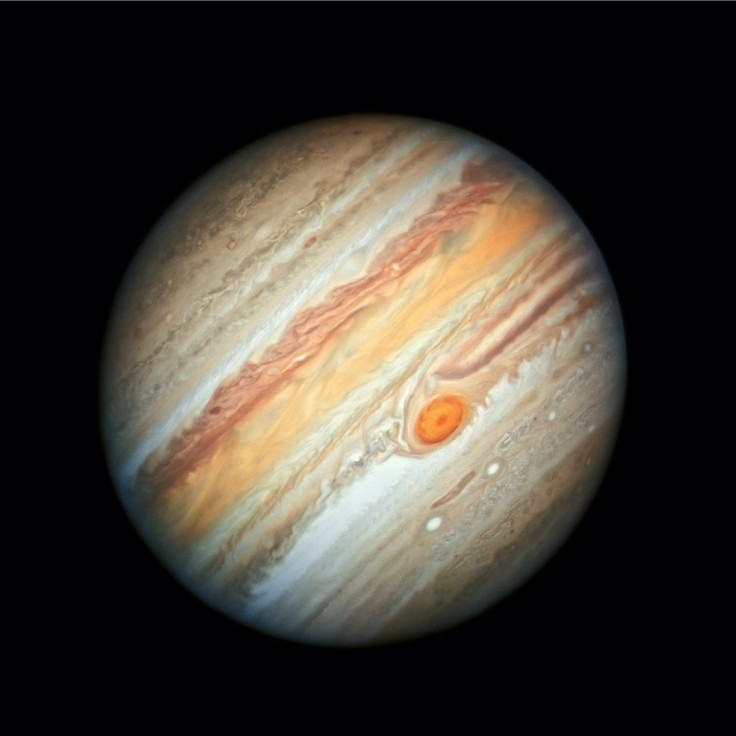Is 'Christmas Star' Visible On Winter Solstice 2020? How To Watch Great Conjunction
KEY POINTS
- This Monday marks the astronomical first day of winter in the Northern Hemisphere
- The winter solstice coincides with the Great Conjunction, where Jupiter and Saturn will nearly overlap in the night sky
- The next Great Conjunction that would bring the planets this close together won't happen until 2080
This Monday is set to be quite an eventful night for space enthusiasts as with the winter solstice comes a rare celestial phenomenon: Jupiter and Saturn's Great Conjunction.
The astronomical first day of winter in the Northern Hemisphere falls on Monday this year. The winter solstice is seen as the signal for the sun's rebirth and is the longest night of the year as it is when the Earth's axis will be at its maximum tilt away from the sun.
What makes the winter solstice highly anticipated this year is the fact that it will coincide with the "Christmas Star," or the Great Conjunction. The two gas giants, Jupiter and Saturn, will align from Earth's point of view and will look like one brilliant star in the night sky.
Astronomers said that those near the equator will have the best viewing conditions, but the Great Conjunction will be visible from anywhere on Earth.
The Christmas Star will appear low in the western sky just after sunset, according to NASA. Saturn will be the smaller, fainter blob at Jupiter's upper right.
It has been suggested that the ideal time to see the Great Conjunction would be between "45 minutes after sunset" and until the planets "sink from view," per Forbes.
Since Saturn and Jupiter will be so close together, one should be able to view them using a telescope or a pair of binoculars. Telescopes that are powerful enough would even be able to see the major moons of both planets. The moons will look like tiny dots of light along a line that cuts through the planet.
Skywatchers, you're in for a once-in-a-lifetime treat! Jupiter & Saturn are doing a planetary dance that will result in the Great Conjunction on Dec 21, just after sunset. Find out:
— NASA (@NASA) December 20, 2020
🤩 When and where to look up
📷 How to photograph the conjunction
Visit: https://t.co/SdQSLex2Ex pic.twitter.com/DkaB5XyO9B
The positions of Jupiter and Saturn align in the sky about once every 20 years, but this winter solstice would be the first time in nearly 400 years since the planets will pass incredibly close to each other. The gas giants will come within 0.1 degrees of each other on Monday night.
This will also be the first time in nearly 800 years since the alignment of Saturn and Jupiter occurred at night. Astronomers said the closest conjunction will happen at 1:24 a.m. Universal Time (8:24 p.m. EST).
The next Great Conjunction that would bring Jupiter and Saturn this close together is not expected to occur until 2080.

© Copyright IBTimes 2025. All rights reserved.





















